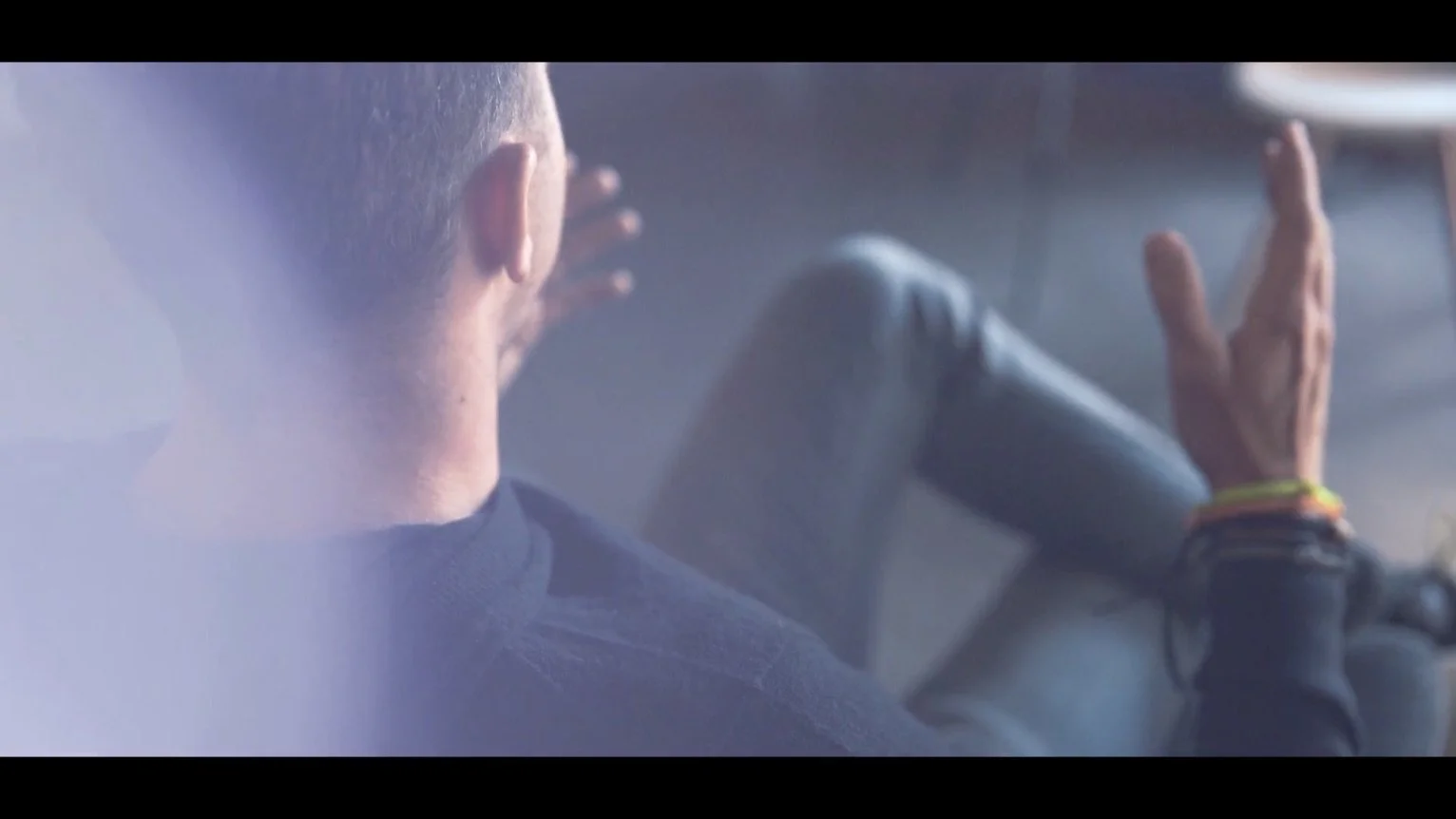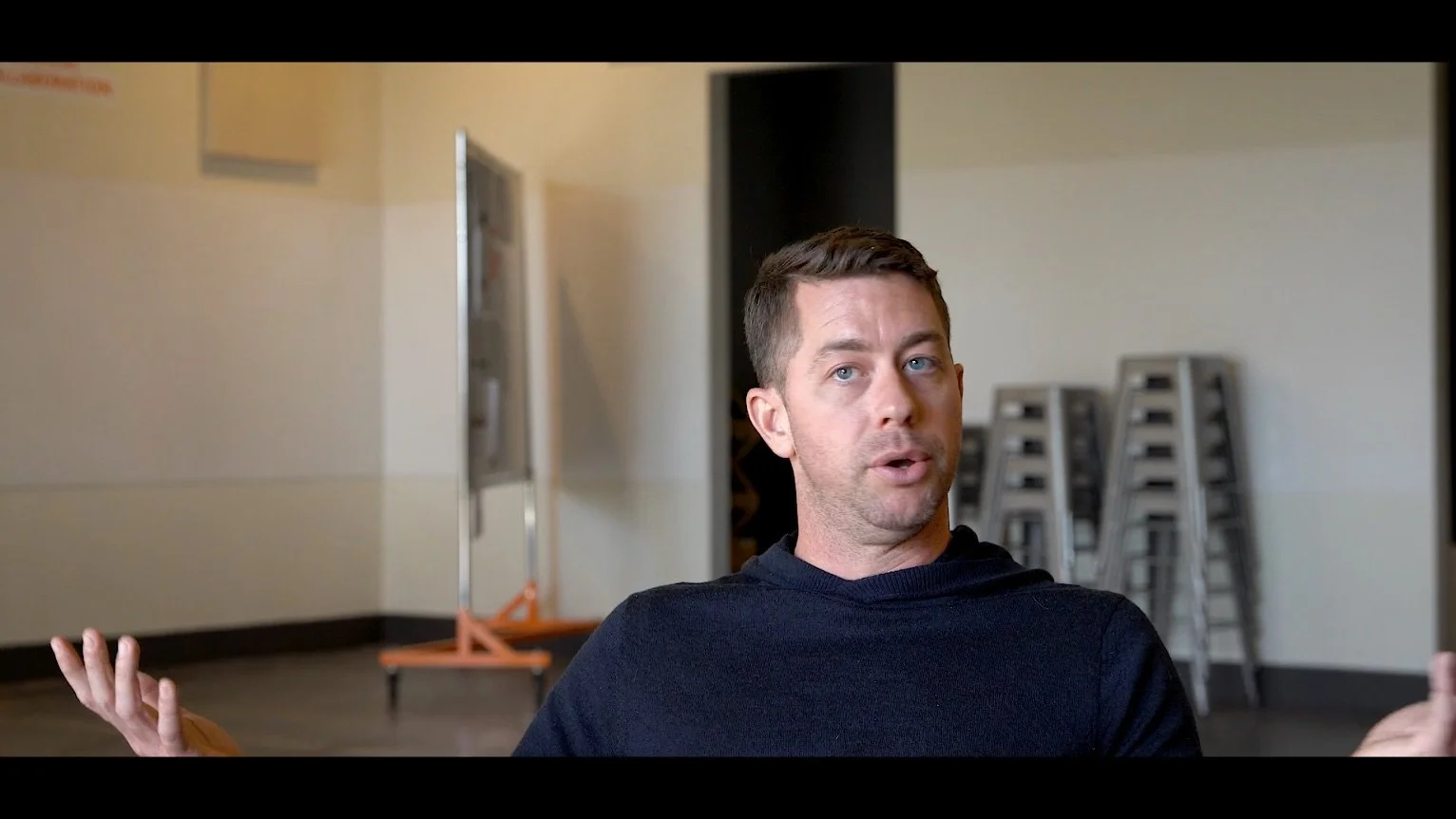How does leadership development create business value? An empirical perspective
My unconventional approach to leadership development comes from my unique experience. I don’t start with industry standards; I start with people to address two core stakeholder needs: 1. L&D clients need to demonstrate the business value of their programs. 2. Leaders need to evolve in environments that often discourage it. Creating value requires understanding what it is and how to deliver it. Relationships are the core value, especially for senior leaders. Lasting development requires transferring psychological safety from existing sources to emerging sources.
TLDR: My unconventional approach to leadership development comes from my unique experience. I don’t start with industry standards; I start with people to address two core stakeholder needs: 1. L&D clients need to demonstrate the business value of their programs. 2. Leaders need to evolve in environments that often discourage it. Creating value requires understanding what it is and how to deliver it. Relationships are the core value, especially for senior leaders. Lasting development requires transferring psychological safety from existing sources to emerging sources.
(TLDRs are brief, but bland. Spice follows.)
Just waving HI
I have come to leadership development non-traditionally. Corporate finance to quality improvement to innovation consulting to leadership development is hardly a well-worn career path. This “pathless” path yields a unique perspective. I understand governance, financing, and allocation decisions. I’ve led teams through change, with the trophies and scars to show for it. I know how to create transformative experiences.
My unconventional approach comes from my experience. I don’t start with industry standards; I start with people. I understand my L&D client’s stakes and my program participants’ practical leadership application, which allows me to custom-design experiences that are both research-backed and boundary-pushing. I take leaders out of their offices and into the world. I’ve encouraged them into cold plunges, blindfolded walks, and the homes of complete strangers. I’ve facilitated intimidating collaborations about race and the most stoic leaders softening into vulnerable, even tearful stories. I have taken leaders to peer’s boardrooms and a refugee camp in eastern Africa.
With 13 years of experience coaching leadership program innovation projects and leading full programs, I am currently leading two programs for a Fortune 20 business (for directors / senior directors and VPs / SVPs). I’ve worked with all levels from first-time managers to executives across diverse industries from telecom to healthcare in stages from startups to Fortune 500s.
Always learning, I've developed a nuanced perspective on delivering value in leadership development addressing two core stakeholder needs.
L&D clients need to demonstrate the business value of their programs.
Leaders need to evolve in environments that often discourage it.
Traditional leadership development can miss the mark on both. I have struggled to find practical, empirical perspectives, so I share mine to hopefully:
benefit others in the leadership development arena (Teddy’s arena, more than a synonym for industry)
solidify my own learning through writing
connect with peers as accumulating experience makes my peer group increasingly niche
L&D clients need to demonstrate the business value of their programs, so what is that value?
Program Projects and SkIlls are a Means to Development, but an Incomplete Assessment of Value
Projects in development programs help secure executive sponsorship, provide contextualized skill application, raise program visibility, and foster team bonding. However, their momentum typically dissipates post-program, and dropped handoffs make their business value tenuous. Implementation is usually beyond the program's control. While aligning with sponsor needs and is critical for the best chance at business impact, the focus should remain on the project's contribution to leadership development. Overselling the potential business impact can create dependencies on stakeholders with competing priorities, misguiding long-term program value. Targeted skill development can be measured, albeit more difficult with softer skills, but once you demonstrate skill development, how do you connect that with business value creation? How do you demonstrate program value beyond directly attributable outcomes?
Consider Amanda, a hypothetical VP in a leadership development program. Amanda’s project was praised by the sponsor, but ultimately dropped for insufficient team capacity. During the project, Amanda developed critical discernment skills collaborating with peers on difficult decisions about opportunities to pursue and eschew. Post-program, she deprioritized a workstream in her team to avoid cannibalizing another business unit’s value. This decision threatened the perception of her team’s performance, but created indirect value for the business. At a cursory glance, her team is performing worse and her program project was dropped, which invites program skepticism. Embracing broader complexity offers a different narrative.
Relationships are the Core Value, Especially for Senior Leaders.
It's widely acknowledged that participant relationships, especially new, cross-functional relationships, are a long-term benefit. Their business value escalates exponentially with senior leaders who can make impactful value decisions.
Programs that don't invest in these relationships make a critical oversight. Under budget pressure, camaraderie-building activities are often the first cut. While executive sponsors praise networking, they often scrutinize programs with other business metrics. My efforts to advocate for pre- and post-program network analysis have been unsuccessful, despite success in strategically selecting participants whose relationships could maximize business value. Why is relationship development deprioritized despite its articulated value?
Let’s return to Amanda. How did the application opportunity for her new discernment skills arise? She uncovered the counterproductivity of her workstream with a peer, “Tom.” Amanda met Tom six months earlier in their program cohort, becoming close quickly. Attending the same conference, they enthusiastically arranged to meet up one evening. Their cultivated trust facilitated a more candid chat than most collegial conversations. Amanda bemoaned her team’s difficulty with a key stakeholder. Tom recognized that stakeholder’s name as someone who frustrated his team. They realized this person was stuck in the middle of their competing priorities that ultimately undermined both teams. They approached the conflict amicably, even laughing about it, and quickly decided that Amanda needed to deprioritize her team’s objective. Amanda’s team’s cost savings exceeded the entire program budget. Tom’s team generated millions in incremental revenue. The program forged their relationship to handle that conflict and meet in the first place, but the value created wasn’t captured by current evaluation metrics focused on individual skill development and project outputs.
“You don’t think your way into new ways of acting. You act your way into new ways of thinking.”
Leaders need to evolve in environments that often discourage it, so how do you create meaningful development?
“You don’t think your way into new ways of acting.”
Accomplished leaders are eager to learn but often reluctant to unlearn established, successful behaviors. The gap between acquiring new knowledge and sustained behavior change is a tale as old as L&D. Leaders learn new skills in a classroom then revert to familiar, safe behaviors upon returning to their daily environment.
Consider a common, alternative story for Amanda. She attended the program, including compelling lectures by prolific speakers. She learned the organizational dynamics that cause unintentional value cannibalization across siloed business units with myopic leadership. She met other leaders, including Tom, but as an introvert, mostly stuck to the one person she already knew. Inspired and determined to lead better, she had her team audit their workstreams for cross-business implications and company strategy alignment. The audit confirmed strategy alignment and reiterated known execution risks but didn’t yield new insights. Amanda felt great “checking the application box” and refocused on execution.
“You act your way into new ways of thinking.”
Highly impactful programs invert the "think then do" model to "do then think." This requires replacing the psychological safety of familiar leadership success with cohort relationship support to experiment out of their comfort zones. New behaviors aren’t learned, they are experienced. Integrating new behaviors into everyday leadership remains challenging, but impactful programs transfer psychological safety from reverting to the familiar to experimenting with the unfamiliar.
So how did Amanda and Tom avoid the application misfire? Amanda entered the program focused on her team’s effectiveness, having been rewarded with hundreds of team members, a reputation for getting things done, and acceptance into a prestigious leadership development program. The business (and L&D client) needed her to grow from getting anything over the finish line to ensuring the right things got over the finish line. I created experiences that brought leaders together as humans, not titles, nudging their identities away from accomplishments and towards a vulnerable group. I facilitated unexpected, fun, even silly, yet analogous experiences alongside stressful, relatable, challenging experiences where they inevitably failed, but together. We reflected on how each experience and practiced skill applied in their daily leadership. They laughed together, cried together, grew together, committing to each other to practice emergent skills in specific scenarios and provide support when it didn’t go perfectly. No one else in their teams could relate to their unique experiences, but that’s all they wanted to talk about. They turned to each other, so when Amanda and Tom realized they were traveling to the same conference, they enthusiastically arranged to meet up.




